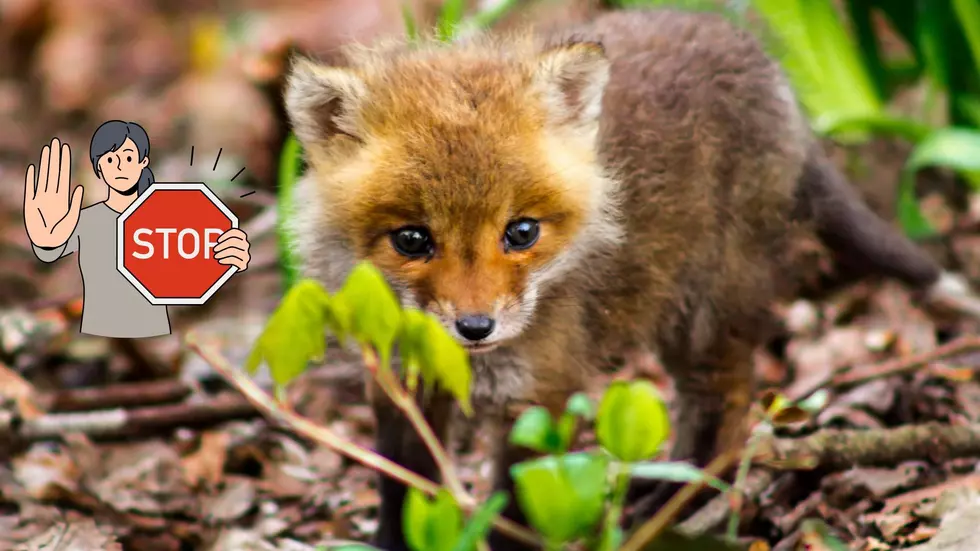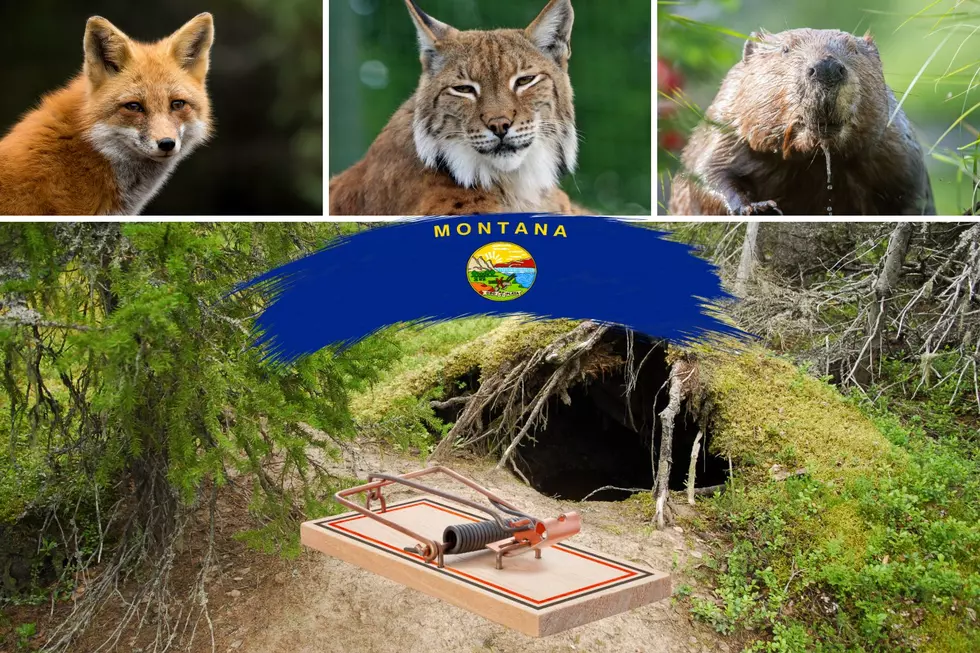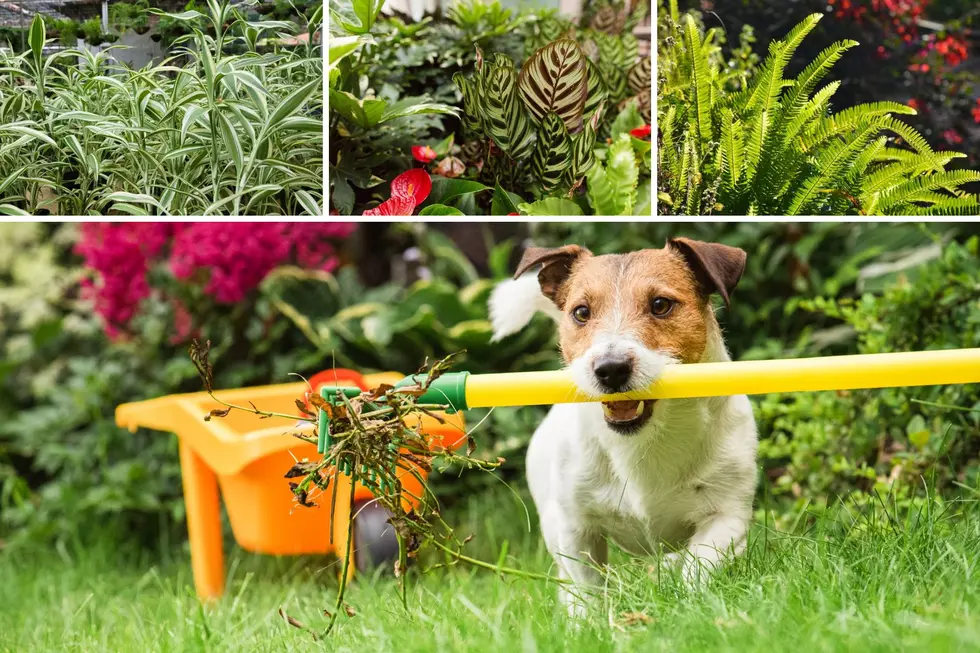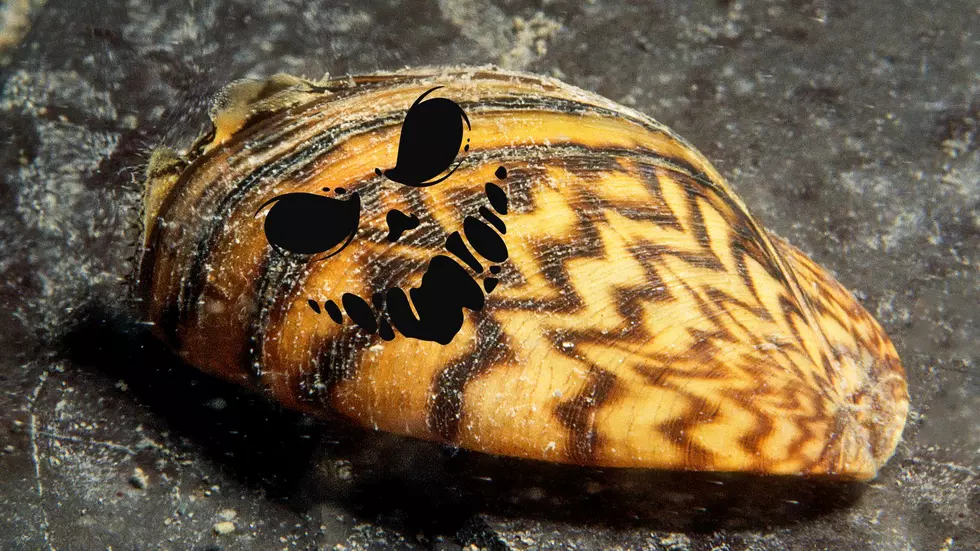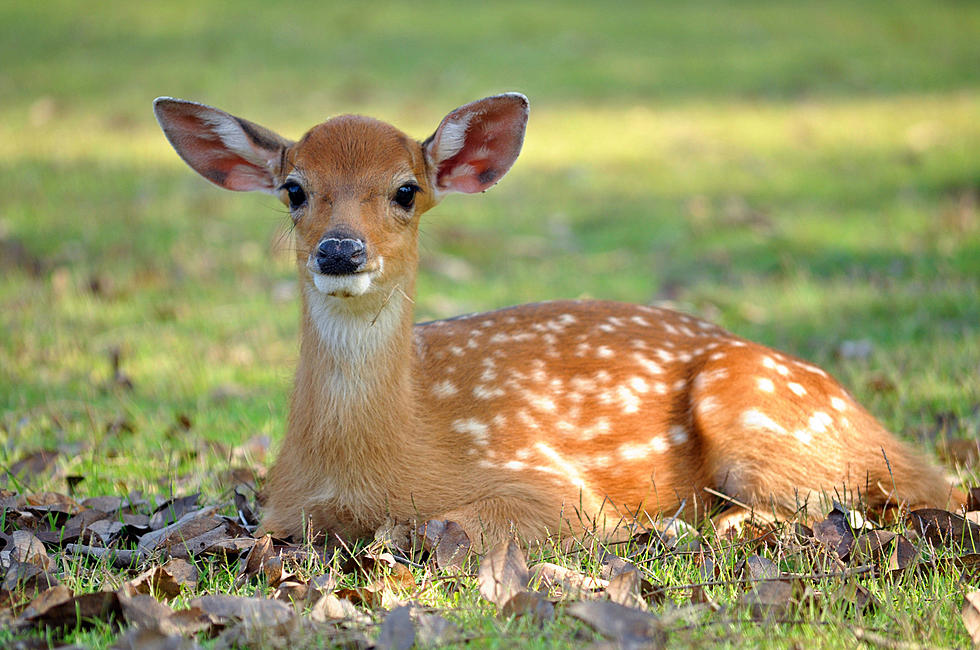
Let Wild Animals Be Wild This Spring In Montana
This time of year more often than not, young animals are not abandoned or orphaned, and the mother is most likely nearby. Anytime a young wild animal comes in direct contact with a human, its chance for survival drastically decreases.
The only time a baby animal should be touched is if it is in an unnatural situation, such as a young songbird found on a doorstep. In that case, the fledgling can be moved to the closest suitable habitat.
Each spring, Offices for Montana Fish, Wildlife & Parks as well as receive calls from people who have picked up deer fawns or other wildlife. While the calls are well intentioned, interacting with baby animals in the wild may do more harm than good.
It’s important to remember that wildlife official do not accept, hold or rehabilitate moose, deer, elk and most other animals.
Often times, people think they are rescuing an orphaned animal. However, it’s important to understand that wildlife care for their young much differently than humans. They have strategies to provide the highest chance of survival for their young.
One strategy that some species, particularly those species that are more commonly seen as prey (deer, rabbits, birds), use is to distance themselves from their young for many hours at a time. This helps to keep predators away from their young. For example, fawns are born without a scent and it is safer for them if their mother, who has a scent, is not nearby. This also can potentially distract a predator into focusing on the doe vs. their offspring.
Officials believes wild animals thrive better in the wild where they have plenty of natural habitat (food, water, shelter, space) and thrive better with other wildlife than with humans, who they consider an apex predator. Nature provides them the best options for survival and a better quality of life.
The potential to spread wildlife disease is also a good reason to leave young wildlife alone. Baby ground squirrels, racoons and rabbits can carry zoonotic diseases, which means diseases that are infectious for humans. Examples include plague, hemorrhagic diseases and tularemia.
If you see a baby animal, whether a goose or a grizzly, keep your distance and leave it alone. Handling baby animals can be dangerous, and usually once young animals are picked up by people they can’t be rehabilitated. They are often abandoned by adult animals once human scent is transferred to them.
What can you do?
- Leave It There. It’s natural for deer and elk to leave their young alone for extended periods of time.
- Control Your Dog. Keep your dog under control, especially in the spring when newborn wildlife is most vulnerable. Pet owners can be cited for dogs that harass or kill wildlife.
- Keep in Mind. It is illegal to possess and care for a live animal taken from the wild.
Should someone bring a deer or elk to FWP, they'll be asked to take the animal back to the site where it was found. If the animal can't be returned, it may need to be humanely euthanized.

North Dakota Wildlife The Camera Lens
More From KEYZ AM 660


